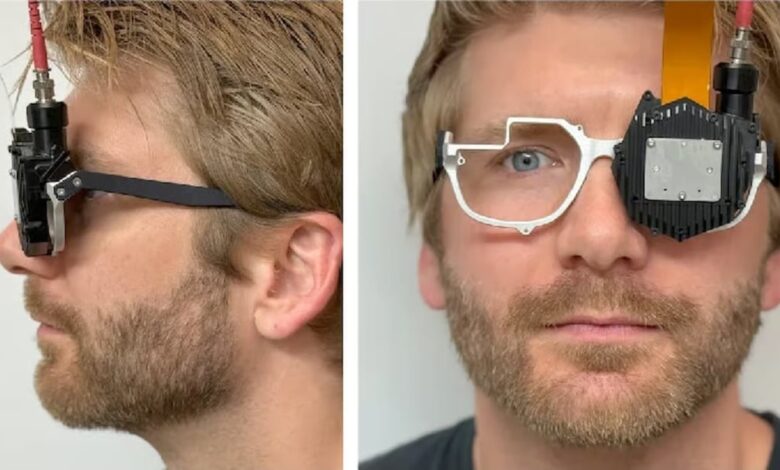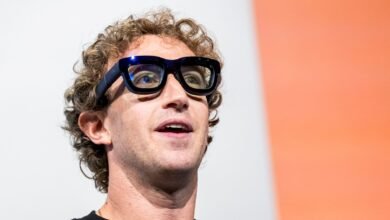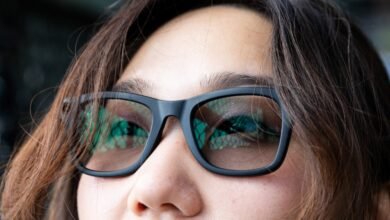Meta and Stanford’s Ultra-Thin Holographic System Could Disrupt Big Tech

▼ Summary
– The main obstacle to slimmer VR and mixed reality headsets is the bulkiness of lenses, not the electronics.
– Meta and Stanford researchers have developed an ultra-thin holographic display system that is only three millimeters thick.
– This system uses lasers, mirrors, and a spatial light modulator to create holograms with genuine depth, overcoming fixed focal distance issues.
– The current prototype has a narrow field of view and is not yet ready for consumer use due to technical limitations.
– The technology represents progress toward future mixed reality glasses that could replace today’s bulkier headsets.
The future of virtual and mixed reality could be far more compact thanks to a breakthrough in optical technology. Researchers from Meta and Stanford University have unveiled an ultra-thin holographic display system that measures just three millimeters in thickness. This innovation could eventually lead to mixed reality glasses that are as lightweight and unobtrusive as conventional eyewear, addressing one of the most persistent limitations of current headset designs.
Traditional VR and AR devices rely on bulky lenses and stereoscopic imaging, which contribute significantly to their size and weight. Even recent improvements, such as the shift from Fresnel to pancake lenses in models like the Quest 3, have only made incremental progress toward a truly glasses-like form factor. The new system, detailed in a recent issue of Nature Photonics, takes a fundamentally different approach by using holography to generate images with authentic depth.
At the heart of the design is a custom waveguide that guides light from miniature red, green, and blue lasers. These beams are directed by micro-electromechanical systems (MEMS) mirrors and then pass through a spatial light modulator (SLM) before reaching the lens. Artificial intelligence optimizes the SLM to minimize visual imperfections, producing a crisp holographic image without the fixed focal distance issues that plague current headsets.
Despite these advances, the technology is not yet ready for consumer use. The prototype offers a diagonal field of view of only 38 degrees, far narrower than the 100 by 96 degrees provided by the Meta Quest 3. This limitation means that immersive wide-angle experiences are not yet feasible with the current design. Still, the system represents a meaningful step forward when compared to earlier holographic efforts, such as a 2022 Nvidia prototype that measured 2.5 mm but offered just 23 degrees of field of view.
Scaling this technology for mass production presents additional challenges, including cost, manufacturing precision, and energy efficiency. However, the collaboration between industry and academic research signals a strong commitment to overcoming these hurdles. The progress made thus far suggests that the era of cumbersome headsets may eventually give way to sleek, glasses-style devices that merge digital content seamlessly with the physical world.
(Source: Futura Sciences)



